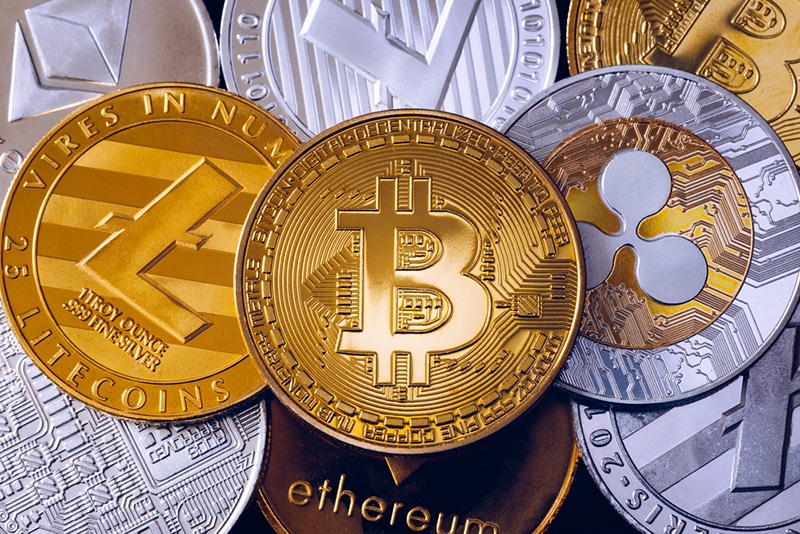
Mining isn’t dead yet, despite the adverse environmental effects of proof-of-work or mining-based cryptocurrencies. Although it’s pretty challenging determining which is more profitable between staking and mining, the latter is still a favorably practiced method of earning in cryptocurrencies.
Everyone from general gaming hobbyists with gaming PCs to those with massive ‘mining rigs’ is constantly looking for the top cryptocurrencies to mine for some sweet rewards.
Without further ado, let’s look at the top 5 digital currencies to mine and how they are generally mined.
Monero (XMR)

Present mining reward: 0.80 XMR/block
Present CoinMarketCap ranking: #45
Present price: $177
Present circulating supply: 18.1 million
Fixed supply?: No
Halving?: No
Block time: 2 minutes
Hashing function: RandomX
Options to mine: GPU, CPU
Launched in 2014, Monero is a top-rated privacy coin with the most trading volume in this sector.
Aside from having immense brand relevance, longevity, and demonstrable use cases, XMR has, for some years now, remained one of the most profitable coins to mine.
This is primarily because its hashing algorithm is ASIC-resistant (meaning you cannot use the most specialized hardware in ASIC devices) and welcomes both CPUs and GPUs. Another alternative with similar qualities is Zcash, the second-most traded privacy coin.
Ravencoin (RVN)
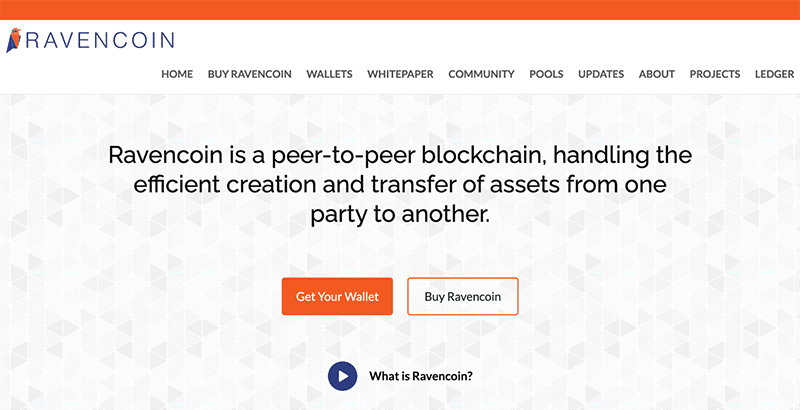
Present mining reward: 2500 RVN/block
Present CoinMarketCap ranking: #96
Present price: $0.07
Present circulating supply: 10.47 billion
Fixed supply?: Yes, 21 billion
Halving?: Yes, approximately every four years
Block time: 1 minute
Hashing function: KAWPOW
Options to mine: GPU, CPU
Ravencoin (in reference to the ravens used as messengers in Game of Thrones), which was announced in late 2017, is a blockchain allowing users to issue their own tokens representing fiat currencies, virtual goods, non-fungible tokens, and more.
Most mining experts have cited Ravencoin as one of the best mineable coins. Since the all-time high, the price has fallen by roughly 75%, meaning it still has ground to cover.
Also, the coin is ASIC-resistant. Yet, unlike Monero, Ravencoin has a fixed supply, which makes it fundamentally more attractive in the long term from a scarcity standpoint.
Litecoin
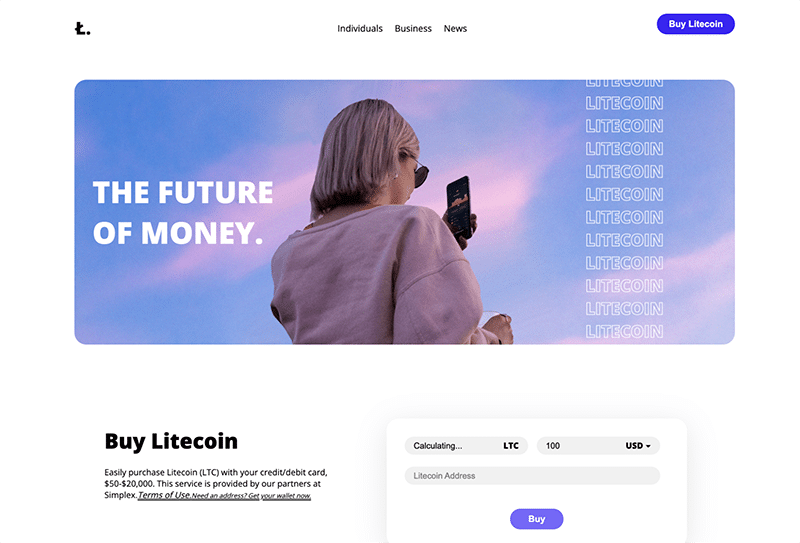
Present mining reward: 12.5 LTC/block
Present CoinMarketCap ranking: #21
Present price: $128
Present circulating supply: 69.5 million
Fixed supply?: Yes, 84 million
Halving?: Yes, every four years
Block time: 2.5 minutes
Hashing function: Scrypt
Options to mine: GPU, ASIC
Created in 2011, Litecoin is often referred to as the ‘silver’ to Bitcoin’s ‘gold.’ The cryptocurrency was forked from Bitcoin and shares many similarities to its predecessor, such as quadrennial halving and having a maximum supply.
Yet, it differs by having a faster block time of 2.5 minutes, making it much more user-friendly as a frequent transacting currency.
The other advantage is mining LTC isn’t as competitive as Bitcoin. Overall, Litecoin is a viable option because it’s a well-established coin with solid fundamentals and mainstream adoption.
Ethereum
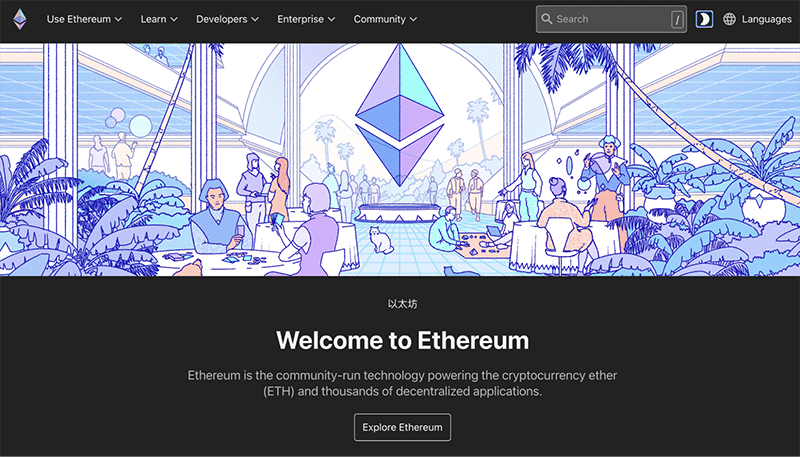
Present mining reward: +/- 4 ETH/block
Present CoinMarketCap ranking: #2
Present price: $3063
Present circulating supply: 119.4 million
Fixed supply?: No
Halving?: No
Block time: 12-15 seconds
Hashing function: Keccak-256
Options to mine: GPU, ASIC
For many miners, it’s understandable that Ethereum (released in 2015) remains one of the most competitive coins to mine as it’s the second-most valuable cryptocurrency.
Yet, despite this challenge, one benefit is miners can reap greater rewards because of the high gas fees they receive, not to mention the substantial trading attention. It’s also worth noting that mining may become obsolete with Ethereum due to Ethereum 2.0 or Eth2.
The other alternative is Ethereum Classic, which will remain a proof-of-work ledger sharing many of the original Ethereum specifications.
Dogecoin (DOGE)
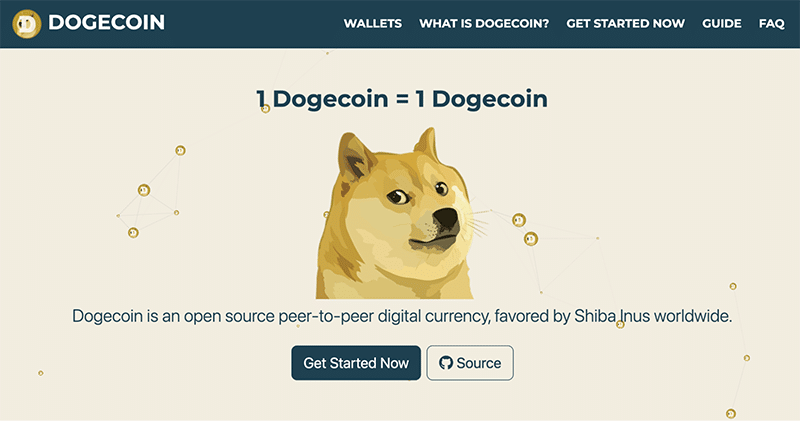
Present mining reward: 10 000 DOGE/block
Present CoinMarketCap ranking: #11
Present price: $0.15
Present circulating supply: 132 billion
Fixed supply?: No
Halving?: No
Block time: 1 minute
Hashing function: Scrypt
Options to mine: GPU, ASIC
(Dogecoin’s homepage)
While DOGE (initially published in December 2013) is known as the world’s first meme coin, its price has performed incredibly well at various periods, far better than other so-called stable investments.
Dogecoin is a favorite among enthusiasts in the meme coin market, meaning it has legions of investors and speculators who can significantly influence the price.
Although the mining has a higher barrier to entry (as it’s only suitable for GPU and ASIC mining), it has a substantial market cap dominance, making it more liquid and less volatile than other tokens ranked much lower.
The main steps involved in mining
To mine most cryptocurrencies, you typically need to go on the project’s website in question to configure a wallet. Of course, you should have ensured that you own the appropriate hardware and software in advance.
Moreover, you usually decide beforehand whether you will mine solo or within a pool. The website should direct miners on how to configure the necessary mining software to get started.
Below are the factors you need to consider before getting involved in mining.
- Required equipment: Perhaps the first element any miner considers is the hardware necessary to mine a particular coin, as this determines the upfront investment cost.
Most mining is done via GPUs (graphics processing units) or ASICs (application-specific integrated circuits) because of the incredibly higher hash rates.
CPUs or central processing units (essentially your average personal computer) are still used but are far less competitive. Still, ASICs are significantly more expensive to acquire.
However, some projects may prohibit ASICs altogether, offering a lower barrier to entry to non-ASIC miners. Yet, some coins welcome both hardware types, in which case owning an ASIC might be the only option to stay competitive.
However, ASIC devices consume more power, one of a miner’s biggest expenses.
- Tokenomics: This relates to several factors, such as the block reward, block time, whether there’s any halving or similar supply reduction mechanism, whether there’s a fixed or unlimited supply for the coin, etc.
- Future price outlook: Even if a coin may appear cheap to mine, the project needs to be based on solid fundamentals that can make its price likely to increase over time.
- A number of exchanges supporting the coin: The more exchanges providing trading for a cryptocurrency, the more liquid it becomes to trade and the cheaper the fees in converting between fiat and crypto or crypto-to-crypto.
Final word
Despite there being hundreds of mineable coins, of course, not all of them present a high profitability likelihood.
It’s beneficial to know the main factors to note before deciding on a coin to mine, which will also help you understand how we decided on this top 5 list.








Leave a Reply